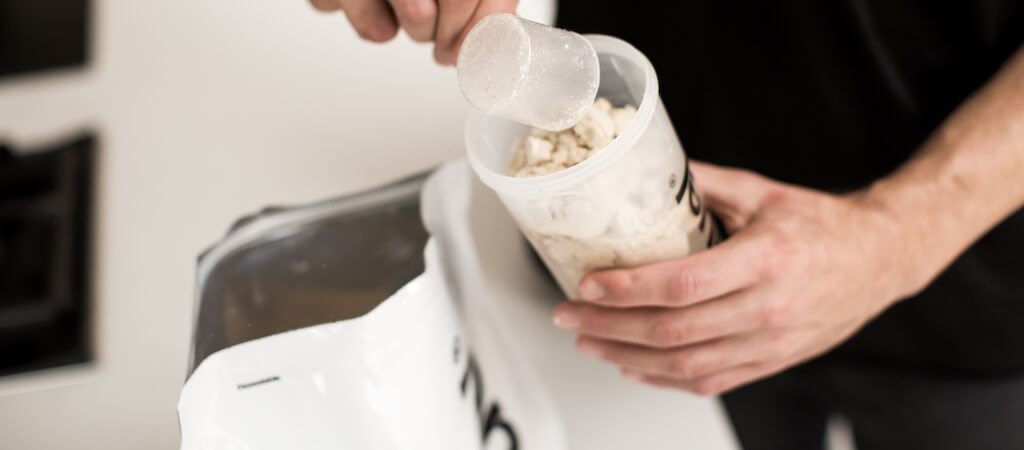Your Cart
Oops! Your cart is empty
2
There has been some confusion as to what Huel Products are and what they're not. By looking at the similarities and differences between groups of products, it’s pretty easy to see where Huel Products sit.

Protein shakes are typically powders that are high in protein but don’t offer much else. The most common protein powders used are whey, casein, and soya as they are ‘complete’ protein sources. This means they contain all nine essential amino acids in adequate amounts. Essential amino acids cannot be made by the body so must be provided by our diet.
These shakes typically contain 15 to 30g per serving. They contain only small amounts of carbohydrate, fat, fiber, vitamins and minerals, in contrast to Huel Products. Protein shakes are most commonly used by individuals who want to increase their daily protein intake to support their exercise regimen.
Most plant protein sources are considered incomplete because they provide inadequate amounts of one or more of the essential amino acids. Huel Products provide a complete protein source by using a combination of brown rice and pea protein. For a 400kcal serving of Huel Powder v3.0, there is 29g of high-quality protein; further details are provided here.
Meal replacements on the face of it may seem similar to Huel Products; however, they are far from it. They are generally marketed and designed to support either weight loss or a fitness programme.
In the UK and EU weight loss meal replacements are defined and regulated as providing between 200 and 400kcal per serving (no more than 1,200kcal per day) for the purpose of weight loss and cannot be used for 100% of the diet for more than three weeks without medical advice[1]. The US has no regulations on meal replacements.
Meal replacements are often low in calories, i.e. not enough for a meal, high in sugar (above 10g per serving) and lacking in fibre, fat and low glycemic index (GI) carbohydrates. Inferior carbohydrate sources, namely maltodextrin, may be used which have little nutritional value beyond the calories they provide[2].
An average Huel meal (Instant Meals, Powders or Ready-to-drink) is low in sugar, contains a good amount of fiber, good fats – for example, 2 to 6g of omega-3 fatty acids – and a low GI (3,4). It’s super easy to add more or less powder to suit the number of calories you want each meal. If weight loss is your goal it’s worth checking out this article.

Food can be defined in many ways; one example is “any nutritious substance that people or animals eat or drink or that plants absorb in order to maintain life and growth”[5].
Some people struggle with some of the Huel Products being food because they're not in a “traditional food” format. Humans have been turning foods into flour – a powder – for over 30,000 years; it’s not a new phenomenon[6]. Huel Products are typically consumed in a liquid format and, while this may seem strange for a meal, soup is also a liquid! And guess what? Huel Instant Meals and Huel Complete Nutrition Bars are just different formats of the nutritionally complete Huel formula. You wouldn’t say “I’m replacing lasagna with tacos”, you would say “I’m going to have tacos instead of lasagna tonight”; the same is true for Huel Products.
To build on the points above, Huel Powders, Instant Meals, and Ready-to-drink are nutritionally complete meals. Huel Complete Nutrition Bar is a nutritionally complete snack, providing all 27 essential vitamins and minerals. Huel Products have an ideal macronutrient split, with good quality carbohydrates, fats and protein providing nutritious convenient food. It’s as simple as that.
Get 15% off your first order, plus insider access to expert tips, exclusive discounts, and the latest from Huel.
This site is protected by reCAPTCHA and the Google Privacy Policy and Terms of Service apply. You can unsubscribe at any time. Huel Privacy Policy.